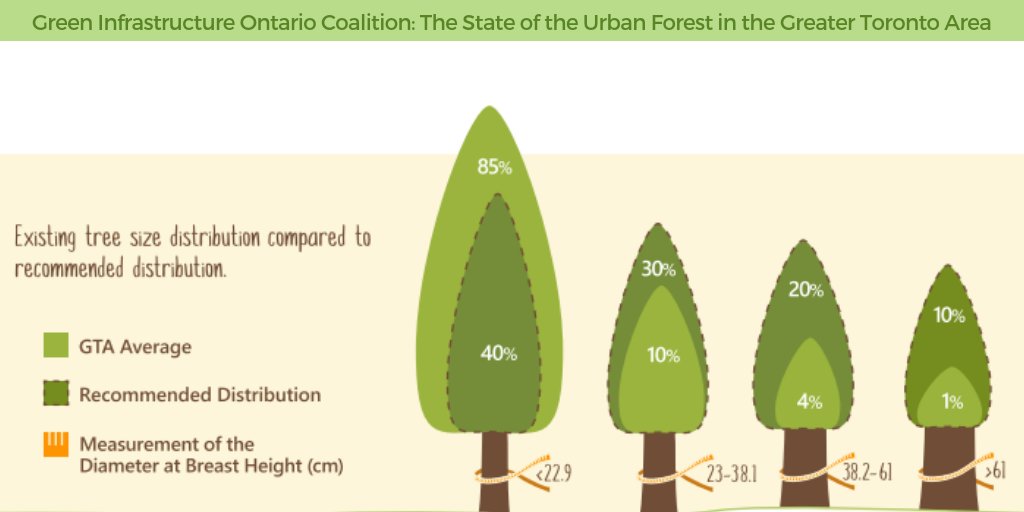Safeguarding Your Landscape: Replanting After Tree Elimination
Safeguarding Your Landscape: Replanting After Tree Elimination
Blog Article
Author-Asmussen Gravesen
Tree removal can leave a void in your landscape that needs dental filling. You can grow something new in that space, but it takes additional treatment and focus at the beginning to aid it flourish.
The dirt in that location will maintain altering gradually as bacteria break down the old origins. That can impact the nutrient equilibrium and physical space for new development.
Soil
The dirt in a plot where a tree has been gotten rid of is most likely to be really different from the remainder of your garden or backyard. The origins of the old tree and the stump will certainly have altered the dirt, eliminating some nutrients and potentially crowding out various other plants. Additionally, if the previous tree was diseased, the infectious representative might still remain in the ground.
The visibility of origins cultivates a rich and varied area of dirt bacteria that boosts crucial procedures like nutrition biking and organic matter decomposition. Without these microorganisms, the displaced soil can come to be much less abundant and nutrient-depleted, with a negative impact on plant development.
Before replanting, the dirt must be eliminated of particles and organic product (such as wood chips from stump grinding). arborist helmets may wish to mix in potting dirt or indigenous dirt with this compost to provide your new growing with an environment that is well balanced and filled with nutrients.
Water
Tree origins absorb large amounts of water from the dirt. This procedure additionally includes nutrients back to the dirt, specifically nitrogen, which is necessary for new trees and plants. Regrettably, old dirt can be diminished of these essential minerals because of the worn out roots and stump from an eliminated tree.
https://lorenzomgauo.topbloghub.com/35587878/getting-expertise-about-the-expenses-of-eliminating-trees-what-you-ought-to-prepare-for is why it's important to have a plan for the future of your landscape. Preferably, the most effective time to plant is when you have a clean slate.
Whether you're planting turf or flowers, ensure to make use of a soaker pipe to prevent overwatering your new landscaping. If the location was a garden, make sure to cover the dirt with organic compost to assist maintain moisture in the soil, control soil temperature levels and subdue weeds. This also supplies a layer of protection for young plants and promotes worm activity. Then, consistently restore the compost to continue improving the dirt nutrient density and microbial life. This is referred to as soil repair.
Light
Trees are a terrific addition to any kind of landscape, providing color, visual pulchritude, and several other benefits. Nonetheless, often trees come to be unpleasant as a result of a range of reasons, consisting of disease, insect problems and all-natural aging.
In such cases, it may be necessary to get rid of a tree. It is essential to think about the value of a specific tree in your landscape design and take the correct actions to make sure that the removal is done securely and efficiently.
During the late summer season, it's an excellent time to execute upkeep and evaluations on existing trees. Try to find signs of disease, insect invasions, or structural damage, in addition to any type of possible dangers such as weakened or leaning trees.
Prior to beginning any kind of building projects, make certain to safeguard the origin areas of existing trees by preventing soil compaction and grading around them. Raw material, as it breaks down, can generate harmful gases that are damaging to the origins of a tree. It's also an excellent idea to mulch the location around a tree after building has actually finished to save wetness and reduce weed growth.
Temperature level
Trees are very important to a landscape for their aesthetic appeal, however they likewise play an important role in the neighborhood ecological community by giving shade and windbreaks. They sustain wildlife environments and decrease the amount of co2 airborne, which can contribute to international warming. This is why it is recommended to replant trees after getting rid of one from the home.
When replanting a new tree in the area of a previous stump, the soil may not have adequate nutrients to sustain it. gw maintenance is best to wait for a year prior to growing to make sure that the dirt will be abundant in nutrients.
To make certain that replanted trees flourish, it is critical to give them with correct treatment. A layer of mulch will keep soil wetness from vaporizing, control soil temperature, and help suppress weeds. Organic compost is the recommended option due to the fact that it improves dirt fertility. Continuous fertilization and pest control are additionally vital for replanted trees.